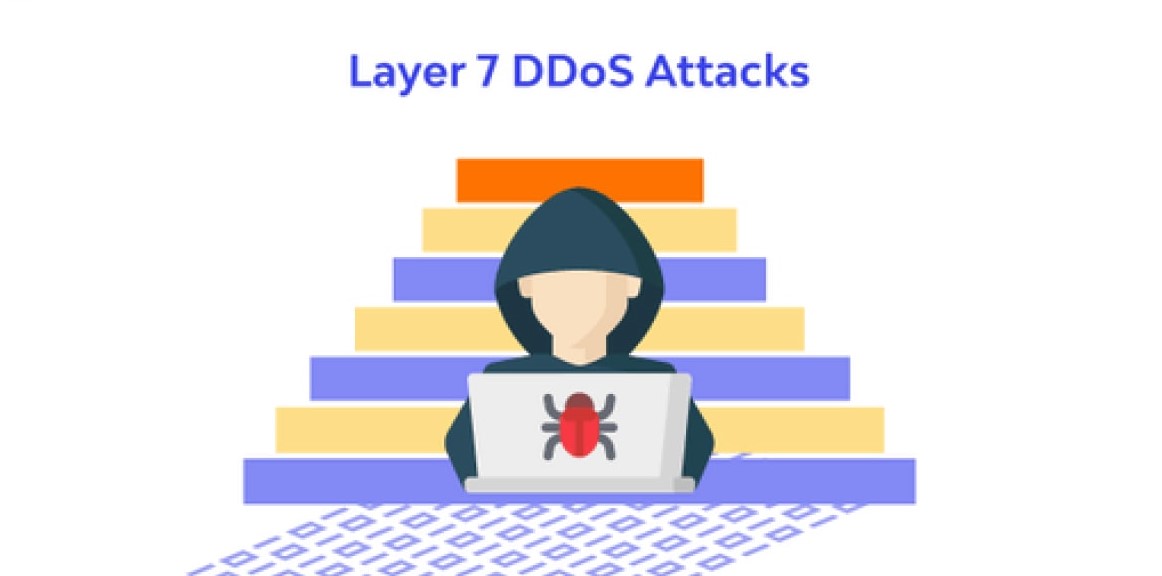Layer 7 vs. Layer 4 Attacks: Key Differences and Defense Strategies

In the world of cybersecurity, understanding the different types of attacks and how they target various layers of the OSI (Open Systems Interconnection) model is crucial. Among the most common types of attacks are Layer 4 and layer7 attacks, which focus on different aspects of the network. Both have the potential to cause significant disruption, but they require different defense strategies. This article delves into the differences between these two types of attacks, their mechanics, and how organizations can defend against them.
Understanding the OSI Model and Its Layers
Before diving into the details of Layer 4 and Layer 7 attacks, it’s essential to understand the OSI model. This model serves as a framework to standardize networking functions and facilitate interoperability between different systems. It consists of seven layers, ranging from the physical layer (Layer 1) up to the application layer (Layer 7). Each layer has specific roles in managing data transmission across a network.
Layer 4, also known as the transport layer, ensures reliable data transfer between hosts. Layer 7, or the application layer, is where users interact with applications, and it’s responsible for managing application services.
What Are Layer 4 Attacks?
Layer 4 attacks, often referred to as transport layer attacks, focus on disrupting the transport of data across networks. These attacks usually exploit weaknesses in TCP (Transmission Control Protocol) or UDP (User Datagram Protocol) to overwhelm a server’s resources. The most common form of a Layer 4 attack is a DDoS (Distributed Denial of Service) attack, where the attacker floods the network with traffic, causing the server to become overwhelmed and incapable of handling legitimate requests.
One of the distinguishing features of a Layer 4 attack is its lack of focus on the content of the traffic. Instead, the aim is to generate enough volume to congest the network and exhaust server resources. Examples include SYN flood attacks, UDP flood attacks, and TCP connection exhaustion.
What Are Layer 7 Attacks?
Layer 7 attacks, or application layer attacks, target the top layer of the OSI model. These attacks focus on the application itself, often exploiting vulnerabilities in web servers, databases, or application logic. Unlike Layer 4 attacks, which focus on overwhelming the server with high traffic volumes, Layer 7 attacks can be more subtle. They aim to crash or exploit specific functionalities of a web application, often with smaller amounts of traffic.
Examples of layer7 attacks include HTTP floods, where attackers send a large number of HTTP requests to overload a web server. Additionally, attacks such as SQL injection, cross-site scripting (XSS), and other web-based vulnerabilities fall under this category, as they exploit weaknesses in the application rather than the underlying network infrastructure.
Key Differences Between Layer 4 and Layer 7 Attacks
The main difference between Layer 4 and Layer 7 attacks lies in their target and execution. Layer 4 attacks focus on the transport layer and aim to overwhelm network resources, whereas Layer 7 attacks target application layer vulnerabilities and functionalities.
Another key difference is that Layer 4 attacks often involve large amounts of traffic generated from multiple sources, making them easier to detect but harder to mitigate without proper infrastructure. In contrast, Layer 7 attacks may use fewer resources but can still achieve devastating results by exploiting the logic and structure of web applications.
In terms of difficulty, Layer 7 attacks often require a more in-depth understanding of the targeted application’s architecture, while Layer 4 attacks rely more on brute force techniques to overwhelm network capacity.
Defense Strategies for Layer 4 Attacks
Defending against Layer 4 attacks requires a focus on network-level defenses. Key strategies include:
- Rate Limiting: Implementing rate limits on traffic ensures that a server is not overwhelmed by too many requests in a short period.
- Traffic Filtering: Using firewalls and intrusion detection systems (IDS) can help identify and filter malicious traffic before it reaches the target server.
- Load Balancing: Distributing traffic across multiple servers can prevent a single server from becoming overloaded.
- Cloud-Based DDoS Mitigation: Leveraging cloud-based DDoS protection services can help absorb large-scale attacks by redirecting traffic to the cloud, where it is filtered before reaching the primary server.
By combining these strategies, organizations can ensure that their network infrastructure is capable of withstanding the high traffic volumes typical of Layer 4 attacks.
Defense Strategies for Layer 7 Attacks
Layer 7 attacks require a different approach, as they focus on application vulnerabilities rather than overwhelming traffic. Key defense strategies include:
- Web Application Firewalls (WAFs): A WAF is specifically designed to filter and monitor HTTP traffic between a web application and the internet. It can detect and block malicious requests that attempt to exploit vulnerabilities.
- Regular Patching and Updates: Many Layer 7 attacks exploit known vulnerabilities in web applications. Regular updates and security patches can help mitigate these risks by addressing these vulnerabilities as soon as they are discovered.
- Bot Mitigation: Many Layer 7 attacks, such as HTTP floods, are automated by bots. Implementing CAPTCHA systems and rate limiting can help prevent automated attacks from overwhelming the application.
- Application Security Testing: Conducting regular security audits, vulnerability scans, and penetration testing can help identify and address potential weaknesses in the application layer.
By focusing on application security and implementing robust security measures, organizations can protect themselves from Layer 7 attacks.
The Importance of Layered Security
Given the differences between Layer 4 and Layer 7 attacks, it’s clear that no single defense strategy can protect against both types. Therefore, adopting a layered security approach that addresses vulnerabilities at multiple levels of the OSI model is critical.
Layered security involves deploying a combination of network-level defenses, such as firewalls and load balancers, alongside application-level protections like WAFs and regular security testing. By integrating multiple defenses, organizations can significantly reduce the likelihood of a successful attack.
Conclusion: Adapting to the Threat Landscape
In today’s evolving threat landscape, understanding the distinctions between Layer 4 and Layer 7 attacks is vital for effective defense. While Layer 4 attacks aim to overwhelm network resources through high volumes of traffic, Layer 7 attacks target specific application vulnerabilities. Each requires distinct defense strategies, from implementing rate limiting and load balancing for Layer 4 attacks to deploying WAFs and regular application testing for Layer 7.
By adopting a comprehensive, layered security approach, businesses can protect their networks and applications from both types of attacks. As attackers continue to develop new tactics, staying vigilant and keeping security measures up-to-date is crucial for safeguarding against evolving threats.




